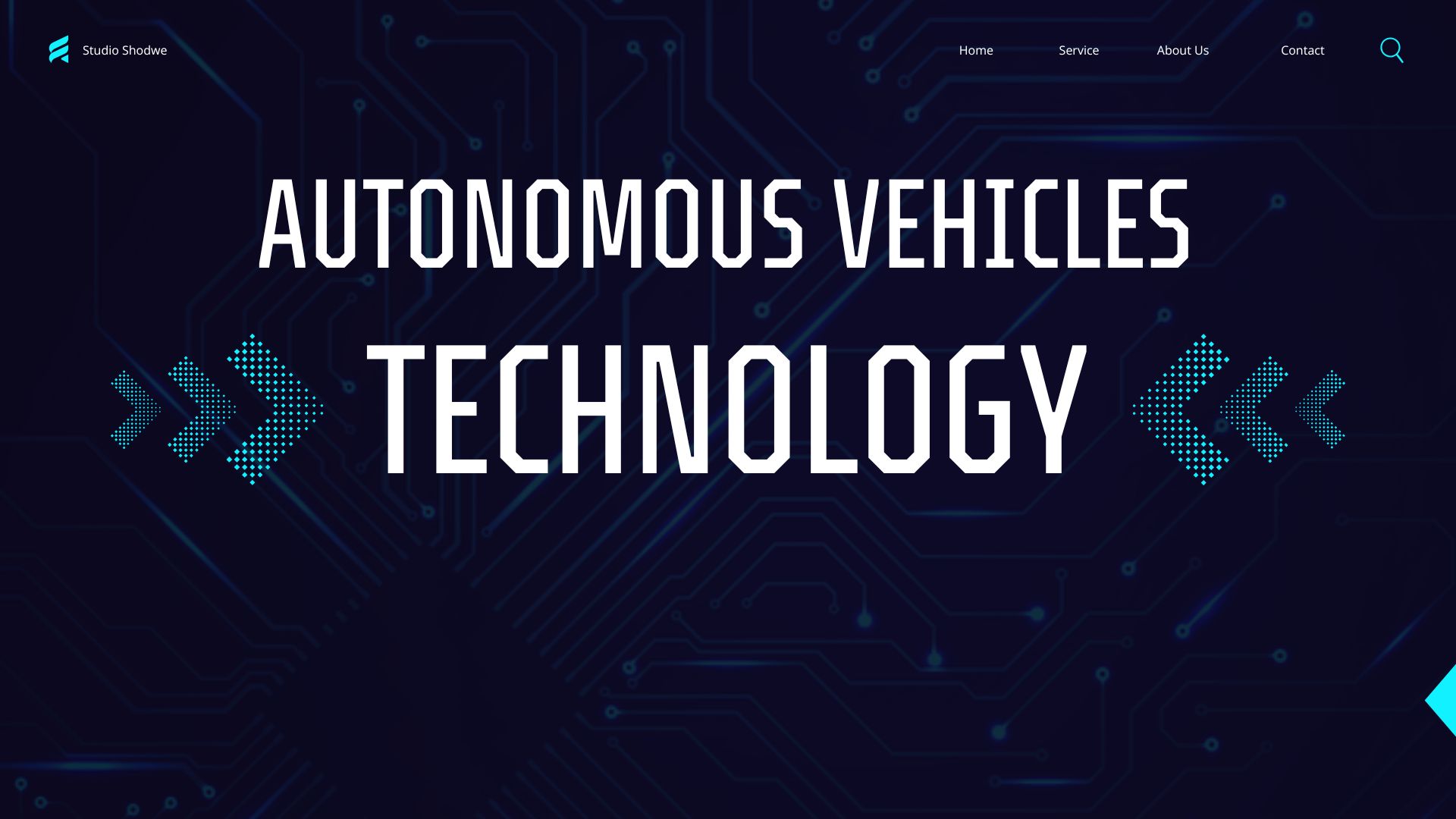
Navigating the Road Ahead: The Future of Autonomous Vehicles
The Future of Autonomous Vehicles

Introduction
As we move further into the 21st century, the realm of transportation is on the cusp of a revolution, thanks to autonomous vehicles. These groundbreaking innovations promise to transform the way we think about mobility, urban planning, and road safety. At Intellitron Genesis, we believe that understanding the implications of fully autonomous vehicles not only requires an examination of technological advancements but also a look at the societal and regulatory components that will shape their widespread adoption. In this post, we will explore the future of autonomous vehicles — discussing their potential benefits, the challenges they face, and the exciting developments that lie ahead.
The Promise of Autonomous Vehicles
1. Enhanced Safety Features
One of the primary advantages of autonomous vehicles is their potential to significantly reduce traffic accidents. According to the National Highway Traffic Safety Administration (NHTSA), over 94% of serious crashes are caused by human error. Autonomous vehicles, equipped with advanced AI systems and sensors, have the capability to minimize human errors, leading to safer roads.
2. Improved Traffic Efficiency
Self-driving technology promises to make travel more efficient. With the integration of vehicle-to-vehicle (V2V) communication, autonomous cars can optimize traffic flow, reduce congestion, and minimize travel times. As cities become smarter, these vehicles could lead to a smoother, more organized traffic system.
3. Accessibility and Inclusivity
Autonomous vehicles can revolutionize transportation for individuals unable to drive, such as the elderly and disabled. By providing on-demand transport solutions, these vehicles promise to enhance mobility and access to essential services for everyone.
Challenges on the Road to Adoption
1. Regulatory Hurdles
Despite the promising future, autonomous vehicles still face significant regulatory challenges. Governments worldwide need to establish comprehensive frameworks that address liability, insurance, and safety standards. Without clear guidelines, manufacturers and consumers may hesitate to embrace the technology.
2. Public Perception and Trust
Building public trust in self-driving technology is crucial. Concerns surrounding the safety of autonomous vehicles persist, especially after high-profile accidents involving autonomous systems. Education campaigns and transparent communication about the technology’s capabilities and limitations are essential in gaining public acceptance.
3. Cybersecurity Concerns
As vehicles become increasingly connected, they also become more susceptible to cyber threats. Protecting autonomous vehicles from hacking and ensuring data privacy will be significant challenges for manufacturers and policymakers alike. Robust cybersecurity measures are essential to safeguard users and their data.
Emerging Technologies and Trends
Several technologies are poised to shape the future of autonomous vehicles, and organizations like Intellitron Genesis are at the forefront of these innovations.
1. Artificial Intelligence and Machine Learning
AI and machine learning are fundamental to the functioning of autonomous vehicles. These technologies enable cars to learn from real-world experiences, improving decision-making processes. As AI technology evolves, we can expect even more sophisticated systems capable of navigating complex driving environments.
2. 5G Connectivity
The rollout of 5G technology will enhance the capabilities of autonomous vehicles. Faster download speeds and lower latency will facilitate real-time communication between vehicles and infrastructure, further improving traffic management and safety.
3. Sustainability Initiatives
The future of transportation must also consider environmental impacts. Many companies are developing autonomous electric vehicles (AEVs) that reduce emissions and promote sustainable travel. This convergence of technologies is not only practical but aligns with global efforts to combat climate change.
Conclusion: Driving Towards a New Era of Mobility
The future of autonomous vehicles is bright, filled with challenges but also immense potential. As we navigate this transformative phase of technological advance, collaboration between tech companies, regulatory bodies, and the public will be vital in shaping a safe, efficient, and inclusive transportation landscape.
